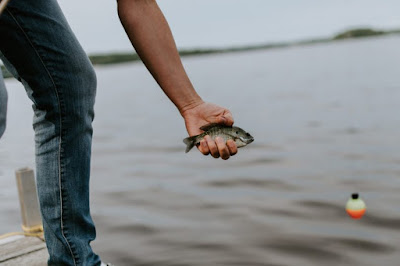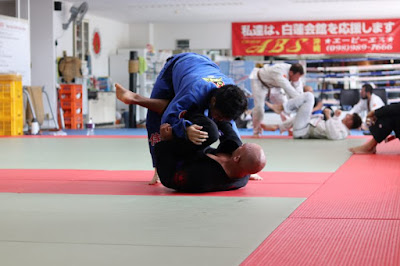Our early ancestors lived in a
world without high-tech weapons, gadgets, and gizmos. They innovated their own
weapons for survival and
thriving with their ability to reason and solve problems. These weapons helped
them catch food, protect their territory, and feel a sense of safety.
Let’s take a look at some of
these simple but effective primitive weapons you can make for survival!
Throwing
Star
The throwing start is a hunting weapon used by different cultures around the world. Modern
ones are made of metal, but its primitive version is made of sticks sharpened
at each end and joined to form a cross.
To create one, select two
lengths of hardwood that have the same diameter and weight. Cut them the same
length, around 60 cm (24 inches). Using a cross–halving joint, join the sticks
in the center. Cut a long point on each end of the sticks. Balance the star by
supporting two points on one crossbar and adjust by cutting down the heaviest
end of the other crossbar until it balances horizontally. Support the balanced
crossbar and trim the first one.
You have the option to sharpen
the ends of the sticks or use thick nails, bones, or flaked shells as
points.
Stone
Knife
Stone weapons are extremely
difficult to make but can be practical for survival in the woods or island if you have no
modern material at hand. Knap a piece of flint stone to the shape shown.
Knap the cutting edges leaving
them serrated for sawing, or sharpen them for cutting or scraping. It is
possible to make a very efficient and sharp knife out of flint.
Slingshot
Slingshot is probably the
easiest primitive weapon to make. Your ammo is literally everywhere lying on
the ground, like stones, glass, and more. Anything that will fit into the pouch
of the slingshot is a fair game.
Bow
and Arrow
A bow can be made using a solid
branch, sapling, or a PVC pipe. It’s easy to construct and makes one of the
best homemade weapons you can use. For the bow, simply stand the branch on an
end and find its middle. Mark 3 inches on either side of the middle to
mark the handhold position. Try to bend it then use your knife to whittle away
the wood in the middle to form the belly. Notch each end with your knife at a
45-degree angle. Secure the cordage to the bow at each end.
Take note that there should be
a 5-inch gap between the string and the belly of the stave. Tiller the bow by
hanging it horizontally from a tree branch from the handhold of the bow. Pull
down on the string. If the bow curves evenly from both ends, then it’s well
balanced. If one end curves less than the other, you will need to remove more
wood from the belly at that end until the curve of both ends is even.
For the arrow, cut off any small branch and remove the bark. Cut it according to your preferred length and cut a nock in one end of the arrow, where the string of the bow will sit. Glue some pine needles to the end to help give some air resistance to the arrow. Sharpen the other end to a fine point.
Learn More:





